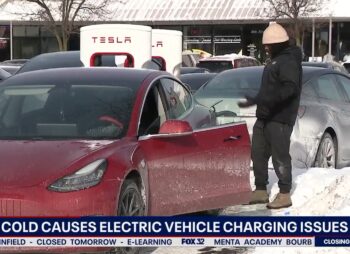
The current furor about global warming really only began in the late 1980s, when there had been little over a decade of warming. A decade was all that was needed as the pretext to spark a movement to “save the planet.”
Fueled by seemingly endless United Nations Eco-Summits, the collapse of the Soviet Union, and the rapid rise of dark green nature spirituality in the West, politicians and scientists warmed to the idea that humans are causing unprecedented heating of the planet. We hear, ad nauseam, that permanent hair shirts are in order for alleged climate transgressions, including things like flying in airplanes, eating meat, or having more than 2.1 children. If too late to stop catastrophic global warming (and that is the debate among wide- and wild-eyed true believers), then at least it is not too late to atone by the immediate surrender of the West’s thousand-year struggle toward inalienable human rights and freedom from state tyranny. Only totalitarian political micromanagement can save us; do it, or the planet fries.
The gaping crater in this fairytale is that the planet has actually not warmed for almost 20 years even while CO2 emissions have soared — thank you, India and China. The alleged link between anthropogenic CO2 emissions and global warming is now as tenuous as a snowball in the Sahara. Indeed, the extended hiatus in warming, together with the unprecedented fall in solar activity, has furrowed the brows of not a few scientists, who have not as yet succumbed to the moral vanity of the global warming/climate crisis crowd.
How quickly we forget. During the 1960s it became apparent that some climate cooling had begun, and a much anticipated ice age was hailed as imminent. In the early 1970s, the United States Congress, exercised by the threat, held hearings where experts explained to politicians the dangers of the new age of global cooling, which, as Newsweek reported, would cause “droughts, floods, extended dry spells, long freezes, delayed monsoons, and even local temperature increases….” Yes, Virginia, all this from global cooling. The New York Times chimed in with regular headlines such as, “Climate Changes Endanger World’s Food Output.” Even the Central Intelligence Agency got a piece of the action, with US News and World Report providing details from the CIA investigation: “the earth is heading into some sort of mini-ice age.”
No one really knows, but what will we do if we are now heading into that ice age? We actually have experience of ice ages, the most recent “Little Ice Age” extending from the mid-16th to mid-19th centuries. It was terrible. During this time the River Thames regularly froze over, and harsh winters caused increased death and suffering. The cold weather that plagued the world coincided with an inactive sun, called the Maunder Minimum.
We live in interesting times. In June the sun has gone without spots on two occasions. On June 4, the sun went completely spotless for the first time since 2011, and that quietness lasted almost 4 days. The past few solar cycles have been weaker than ever in living history. Stanford physicist Leif Svalgaard said, “None of us alive have ever seen such a weak cycle. So we will learn something.”
If the current pitiful solar activity continues, it may signal a future low period for the sun like what helped bring on the “Little Ice Age,” with its coldest periods characterized by the Maunder (about 1645‚Äì1715) and Dalton (about 1790‚Äì1830) minima. Global cooling could replace the modest warming that prevailed from the mid-1970s through the mid-1990s and the relatively stable global temperatures of about the last 18 to 20 years.
















